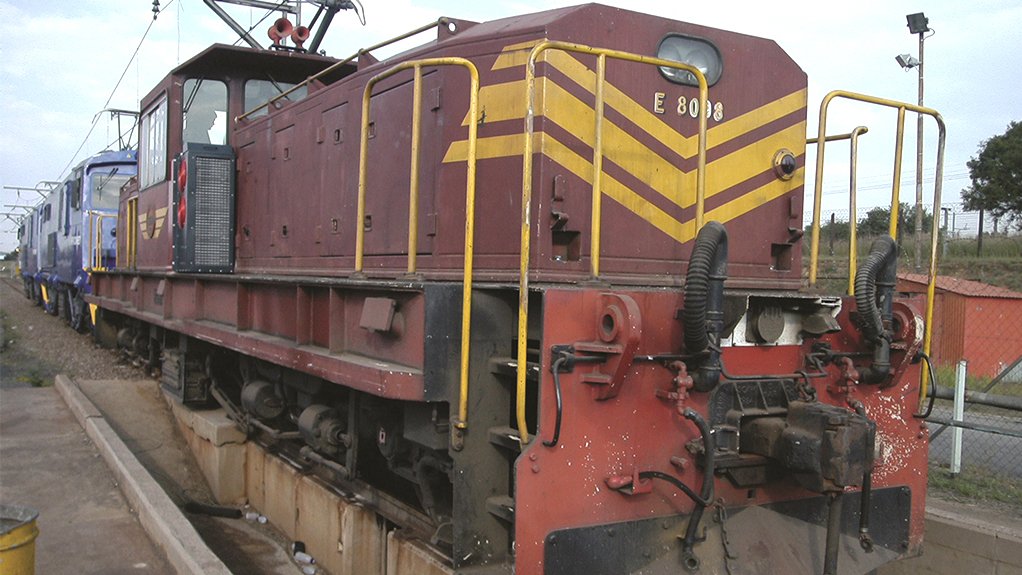A leading South African coal producer selected Booyco Engineering to supply purpose-designed heating, ventilation and air conditioning (HVAC) systems for its 8E locomotives.
The order is for six specialised HVAC units, to be manufactured and installed by Booyco Engineering, says the company’s MD Brenton Spies.
“We first developed an HVAC system for this class of locomotive almost 20 years ago, and we have supplied close to 100 units to South Africa’s main freight rail operator,” says Spies.
Designed and manufactured in-house at Booyco Engineering’s Germiston facilities, the 8E HVAC units are equipped to withstand the harsh conditions of rail and mine-site applications, including shock, vibrations and dust. The 8E locomotive was first released in the early 1980s, with a design that did not include air conditioning equipment for the operator’s cab.
“When HVAC systems became a requirement, locomotive owners soon realised that the rail environment was too harsh for conventional, off-the-shelf commercial systems,” he says. “To achieve the reliable performance and longevity that was expected, a special design was required which was initially installed in 2003.”
For the new order, Booyco Engineering says that it has modernised the initial 8E HVAC system design to incorporate various technological improvements, including a more energy efficient refrigerant compressor, updated electrical switchgear to railway rated versions and upgraded heating capacity.
“In the South African rail sector, there are also space constraints to consider when designing for locomotives, due to our narrow-gauge rail specifications,” says Booyco Engineering executive director Grant Miller. “Our internal design capacity allows us to develop and test solutions that are fit for purpose.”
This includes designing for uncommon voltages which are not ideal for many electrical components, he notes, as well as coping with significant voltage fluctuations.
Regulations governing health and safety in the mining and rail sectors require HVAC systems to be effective and reliable, to ensure workplace health and safety.
“HVACs are classified as a type A Hazard and should there be a lack of cooling in an operator’s cab, this could lead to an operator being entitled to stop work,” explains Miller. “The cost of an ineffective or faulty HVAC system would then be measured not simply in repair or replacement costs, but in terms of vastly more costly downtime and general operational disruption.”
EMAIL THIS ARTICLE SAVE THIS ARTICLE
To subscribe email subscriptions@creamermedia.co.za or click here
To advertise email advertising@creamermedia.co.za or click here













